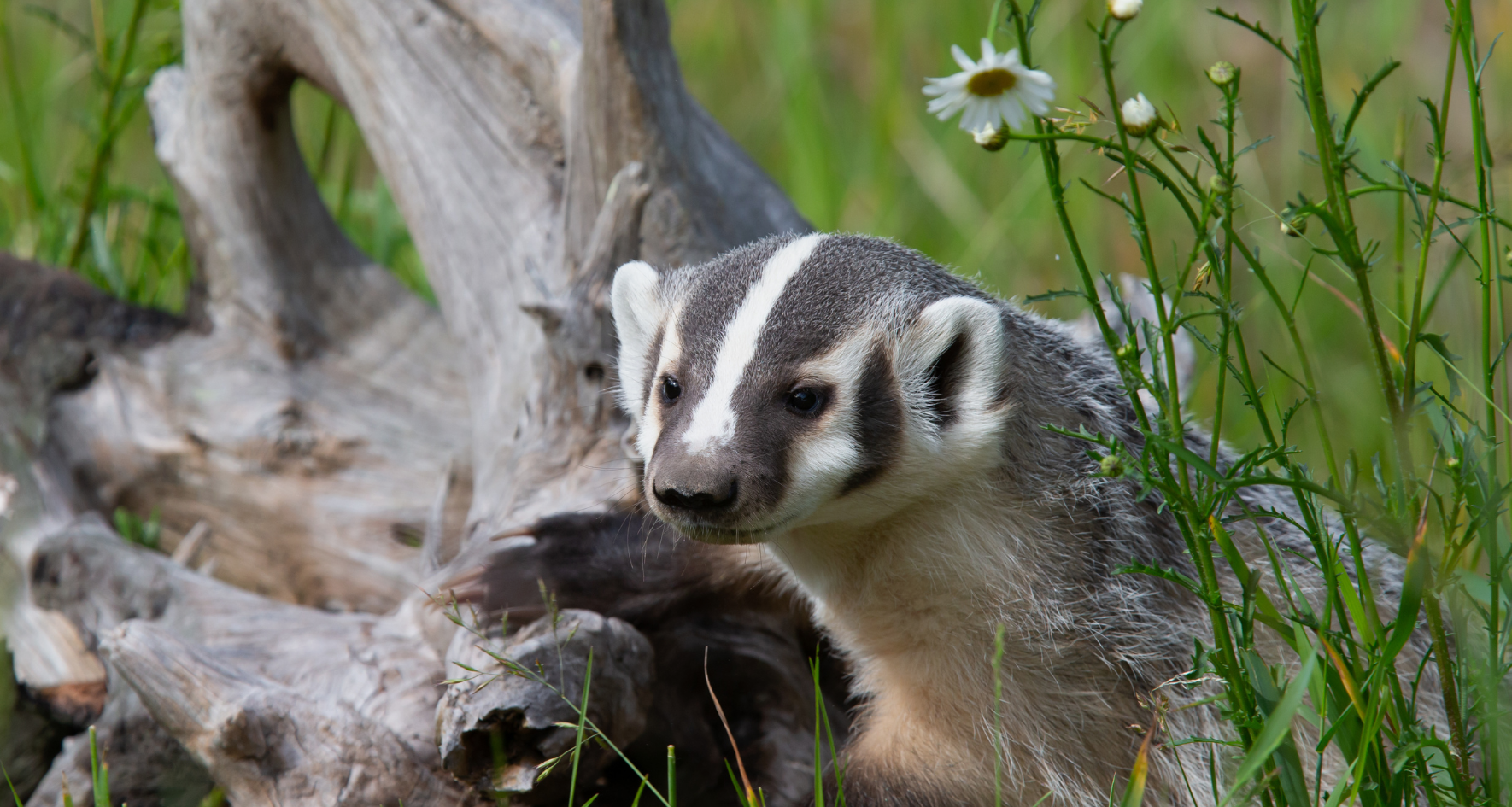Among the numerous threats faced by American badgers, vehicle collisions pose a significant risk to their population in Simpcwúl̓ecw and across British Columbia. Habitat fragmentation caused by roadways has heightened the chances of badgers being struck by vehicles, and in 2022 alone, six badgers were recorded as casualties on Highway 5 and Agate Bay Road.
Addressing Road Mortality and Enhancing Conservation Efforts
In response to these challenges, the Simpcw Badger Study was initiated with two immediate goals. The first is to mitigate the impact of road mortality by identifying and clearing road culverts of debris that may prevent badgers from safely crossing. This action is crucial in providing badgers with safer pathways and reducing the likelihood of fatal accidents.
The second goal focuses on genetic research, an essential component in understanding the population dynamics of badgers in the region. By setting up hair-snagging devices at freshly dug or active burrows, researchers can collect valuable badger hair samples for DNA analysis. This data offers insights into the relatedness of badgers across the region, helping to guide conservation efforts based on the genetic health of the population.
Fieldwork: The Backbone of the Study
Fieldwork plays a critical role in the Simpcw Badger Study. A dedicated team conducts regular site visits to respond to reported badger burrows and investigate signs of recent activity. During these visits, the team sets up specialized traps and deploys remote cameras near burrows to gather data on badger presence and behavior. This fieldwork is complemented by habitat assessments that shed light on the specific ecological needs of badgers in Simpcw Territory.
The Vital Role of Community Involvement
The community plays a vital role in the success of the Simpcw Badger Study. Recent sightings of badgers and their burrows help researchers identify key areas for sampling and prioritize their field efforts. Community members who report sightings of badgers, burrows, and colonies of ground squirrels or marmots provide invaluable information that significantly contributes to the study’s success.
By combining these valuable observations with rigorous fieldwork and data collection, researchers can deepen their understanding of badger populations and develop more effective conservation strategies.
Collaboration: The Key to Long-Term Success
The success of the Simpcw Badger Study relies on the active involvement and collaboration of various stakeholders. Researchers, community members, and the Simpcw Natural Resources Department work together to ensure the long-term conservation of American badgers in Simpcw Territory. By combining scientific expertise and local knowledge, this collaboration strengthens the study’s outcomes and supports the development of effective conservation measures.
Looking Ahead: A Commitment to Conservation
The Simpcw Badger Study represents a significant effort to understand and protect the endangered American badgers in Simpcw Territory. By mitigating road mortality risks, collecting genetic samples, and conducting thorough fieldwork, the study aims to contribute to the conservation of these remarkable creatures. The collaboration between researchers, community members, and the Simpcw Natural Resources Department is instrumental in ensuring the success of the study and the long-term preservation of American badgers in the region.
Together, we can make a difference in safeguarding these iconic animals for future generations.

